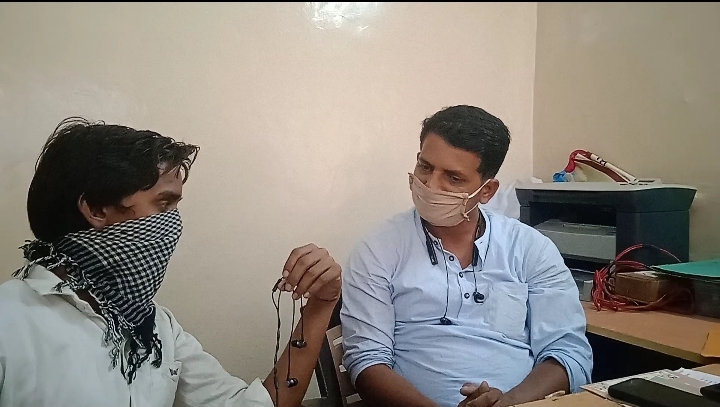
Join us at 10am tmrw, on #InternationalMigrantsDay, as we launch our campaign, “Badalta kaam, Badalta daam.” Migrant workers' firsthand narratives capture the changing (badalta) meanings of work (kaam) & wage/value (daam) as they navigate a precarious post-lockdown economy. (1/6) 

The burdens of economic 'recovery' have fallen heavily on the shoulders of India’s informal migrant workers. Working at the lowest ends of manufacturing & construction value chains, they have been compelled to confront depressed wages, body burdens & wage theft. (2/6)
Through narratives collected from Mumbai's informal economy, we ask: How are migrant workers confronting depressed wage structures, body burdens and tenuous work? How has industry further devalued their labour post-lockdown? What does 'recovery' actually mean for them? (3/6)
As the structural forces that create and perpetuate workers’ precarity have only exacerbated their vulnerabilities, workers have changed trades looking for 'guaranteed' work, are working longer hours & performing multiple shopfloor tasks to deal with market changes. (4/6)
On #InternationalMigrantsDay, we highlight the stories of 10 construction & manufacturing workers & micro employers. “Badalta kaam, badalta daam” aims to centre their perspectives while raising large questions about a dynamic and precarious post-COVID labour market. (5/6)
Do tune in to our Twitter and FB pages on 18 and 19 Dec to follow along! We will begin at 11am tomorrow! (6/6) #InternationalMigrantsDay #MigrantLivesMatter
• • •
Missing some Tweet in this thread? You can try to
force a refresh





